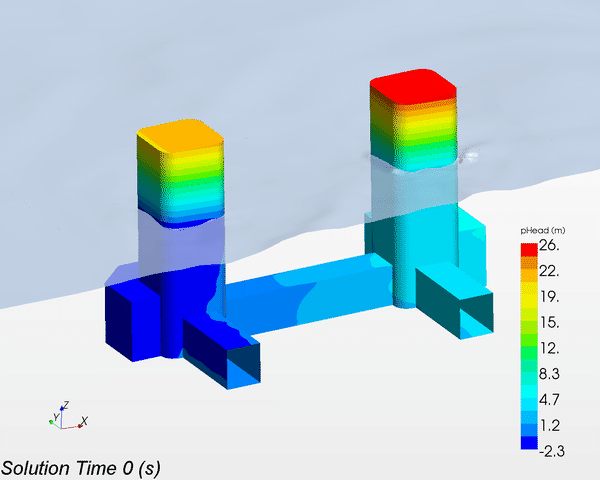
This animation shows the simulated motion of an HVS semi-submersible platform design using Technip’s new numerical wave tank method. Technip used Stampede to run many of these simulations.
Researchers are using TACC supercomputers to design next-generation offshore floating platforms.
As an oil services company that specializes in offshore platform design, construction, and installation works with major oil companies like BP, Chevron, Exxon Mobil, Shell and Total. To boost their capabilities, the company began working with TACC in 2013 through their Science and Technology Affiliates for Research (STAR) program.
Technip has one of the largest computer clusters among engineering companies, but the simulations would take weeks to complete, said Jang Kim, Chief Technical Advisor at Technip. “Stampede has allowed us to run simulations in one day or even overnight. We are then able to get these safer designs out into use faster.”
The design process for offsore platforms is intricate. Engineers must repeatedly test their platform model to ensure that it can operate in the most extreme ocean environments. In the past this was done using a wave-generating pool of water to measure performance of a platform model, a process that takes up to a year to plan, execute and examine the physical results. But a new alternative — the numerical wave tank — is being added to the design mix.
Read the Full Story.




